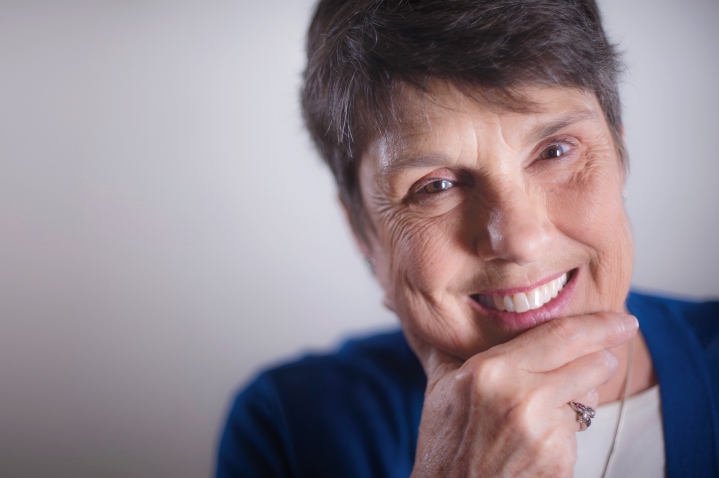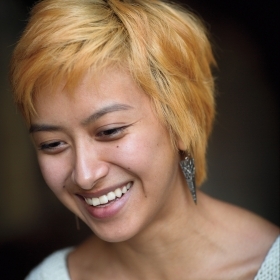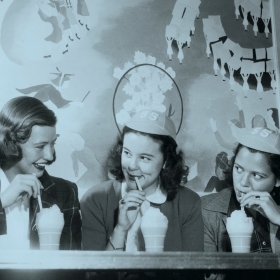Photo by Richard Howard
When Ann Hayden Hamilton ’67 heads out to Wellesley College in the morning, she’s never quite sure when she’ll get back home. It all depends on how many faculty, staff, and student friends she runs into on campus—and how many of them need her help.
Hamilton has worn a number of hats at Wellesley. After graduating with a degree in economics, she returned to work on staff as a computer programmer. She spent 12 years as a stay-at-home mom and busy volunteer, including service on the Wellesley College Alumnae Association board. Later, she rejoined the staff and served as College registrar, retiring in 2009. But she says her current volunteer role as president of the Wellesley Students’ Aid Society may be her most rewarding yet.
“I think I may be more involved than past presidents, for kind of selfish reasons, because I have such a close connection with the College,” Hamilton says. “For me, it’s a pleasure to have an excuse to come on campus and see so many people whom I really treasure.”
Students’ Aid is an independent nonprofit. Founded in 1878 by Pauline Durant to support those students who were “calico” rather than “velvet,” it was for decades the sole source of financial aid at Wellesley, until the College instituted its own program in the 1930s. Today, the society, which has a $31 million endowment, donates a substantial annual sum to the College for financial aid. For the 2016–17 academic year, it has committed $435,000 for grants and $600,000 for loans. Students’ Aid also provides annually more than $175,000 in the form of book vouchers, Amazon gift cards, and senior gifts to all students receiving financial aid.
Among its most welcome services is the disbursement of short-term, interest-free emergency loans and grants, for everything from bus tickets and phone bills to guide-dog training and root canals. “We welcome any student,” Hamilton says. “They talk to a staff member. And if the need is under $300, often the staff member will just handle it right there on the spot.” She adds, “I think one of the strengths the society has is that it’s personal. We make a very personal connection. And those connections last for years.”








We ask that those who engage in Wellesley magazine's online community act with honesty, integrity, and respect. (Remember the honor code, alums?) We reserve the right to remove comments by impersonators or comments that are not civil and relevant to the subject at hand. By posting here, you are permitting Wellesley magazine to edit and republish your comment in all media. Please remember that all posts are public.